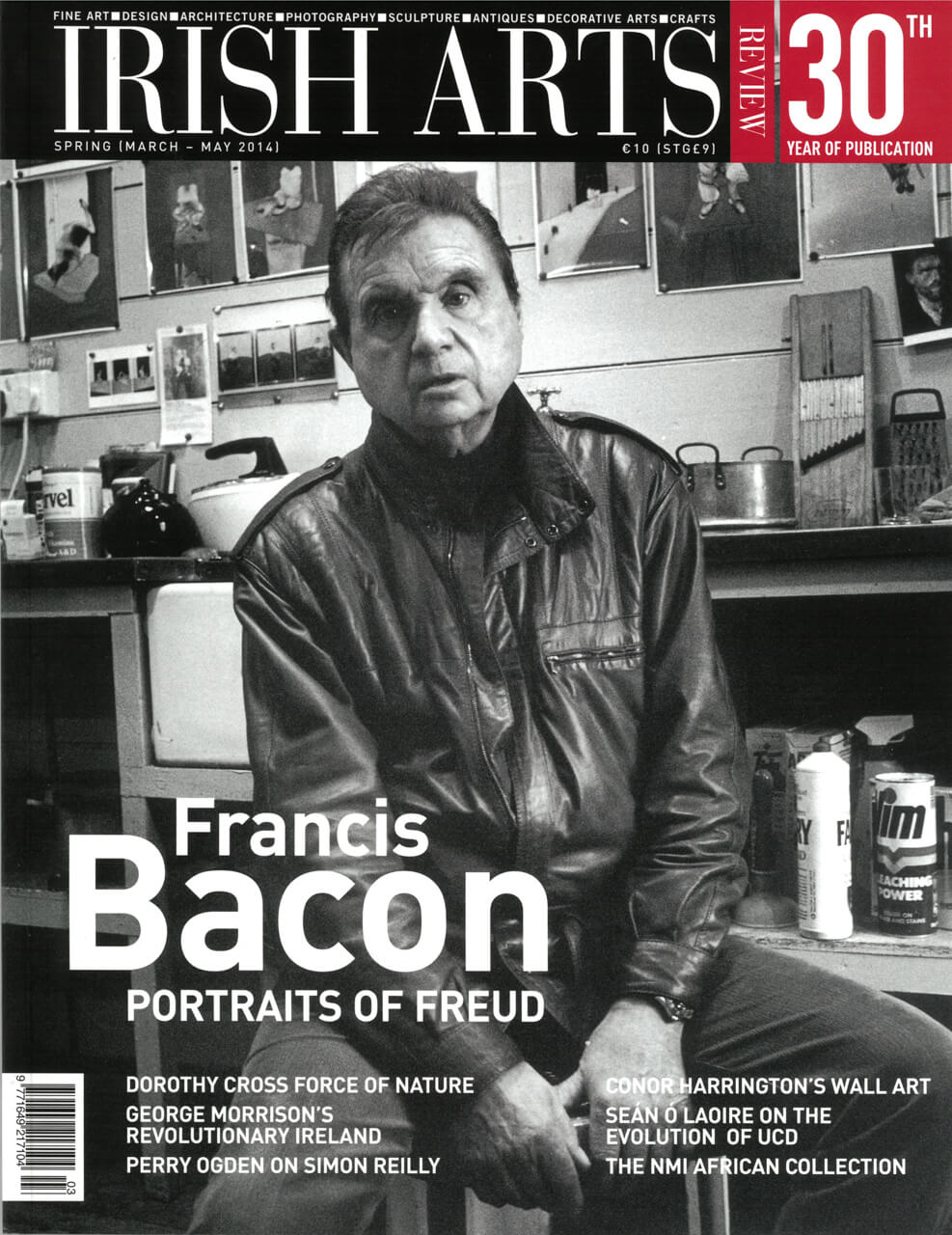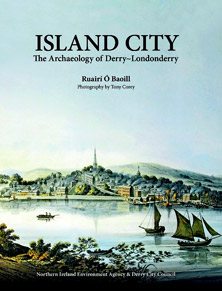

RUAIR√ç √ì’BAOILL
NIEA & Derry City Council, 2013
pp 196 fully illustrated h/b
£16.00 ISBN: 978-1-907053-67-2
Colin Breen
For many years during the traumatic period of the ‘Troubles‚’ in Northern Ireland the historic fabric of Derry’s city centre was repeatedly bombed. One consequence of the devastation was the emergence of some of the earliest investigations of urban archaeology on the island of Ireland exploring the city’s medieval and early modern built cultural heritage. Operating under difficult conditions a small number of archaeologists and dedicated historians recovered a wealth of early material culture and data on the city’s historic architectural heritage. The recent designation of Derry/ Londonderry as the 2013 UK City of Culture presented a number of opportunities to highlight the historical development and cultural narratives of this important settlement and associated landscape. The Northern Ireland Environment Agency (NIEA) funded this volume to provide an overview of the past three decades of archaeological research in the city and commissioned the author, Ruairí √ì’Baoill, to write this splendid book. This was very much a collaborative volume with both the design by Terence Reeves-Smyth and the photography of Tony Corey warranting special mention. The book provides a chronological overview of landscape and societal development of the town from the arrival of Mesolithic Settlers through to the 1688/89 siege of the city. Four substantive central chapters provide a detailed context for the development of the ‘island city‚’ beginning with prehistoric activity in the landscape environs of Lough Foyle followed by the introduction of Christianity and the founding of Columba’s 6th-century Church. The Medieval chapter traces the settlement’s development through the Middle Ages before the final chapter examines the development of the Plantation City of Londonderry in the early part of the 17th century and the creation of the town walls and street layout that survive to the present day.
The book provides a chronological overview of landscape and societal development of the town from the arrival of Mesolithic Settlers through to the 1688/89 siege of the city
Some of the most striking features of this book are the reconstruction drawings by Philip Armstrong. Even in this digital age the ability of these painstakingly created paintings to transport the reader back to the particular period they depict is exciting. Through these images the reader can visually wander the prehistoric banks of the Foyle or the streets of 17th-century Londonderry.
This is a beautifully produced, highly informative and very accessible book. In many ways it serves as an exemplar on how archaeological information can be presented to a broad public audience. Could a further legacy of this project be a series of similar volumes for the other historic towns and villages that litter the Irish landscape?
Colin Breen is a Reader in the School of Environmental Sciences at the University of Ulster.



